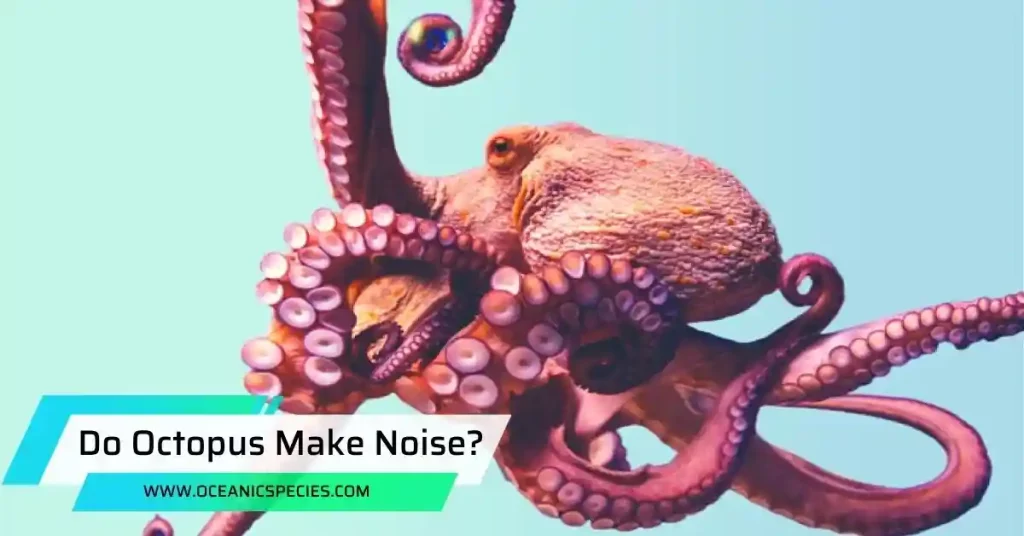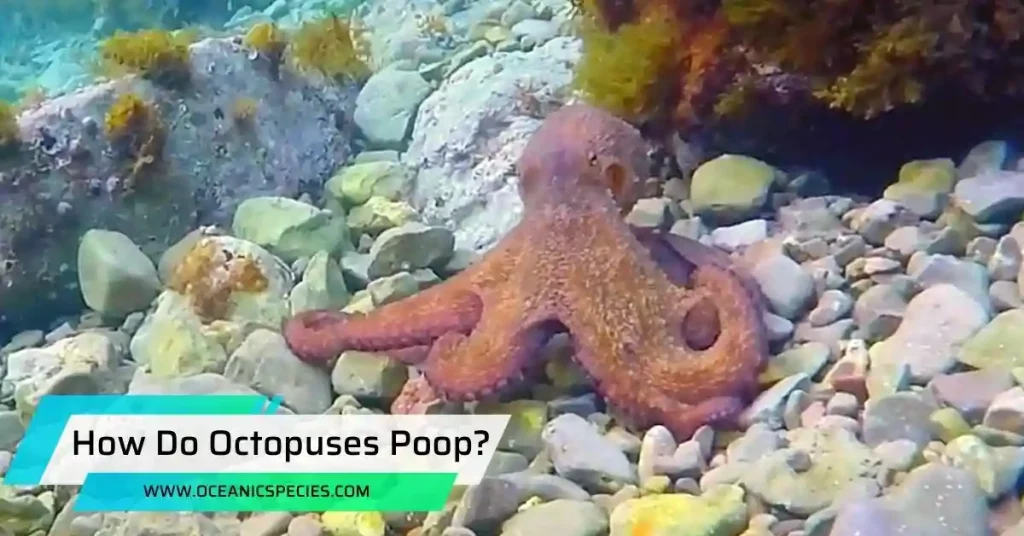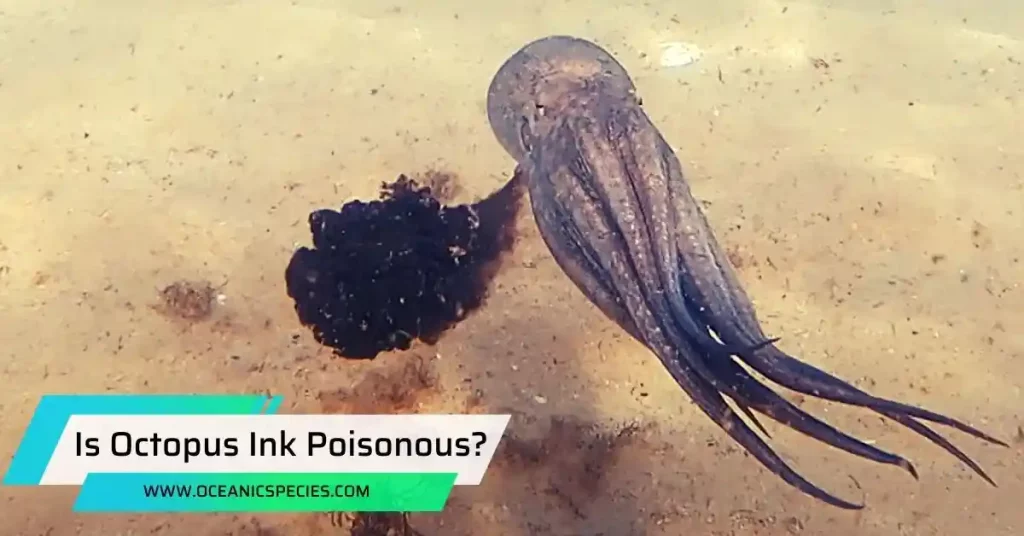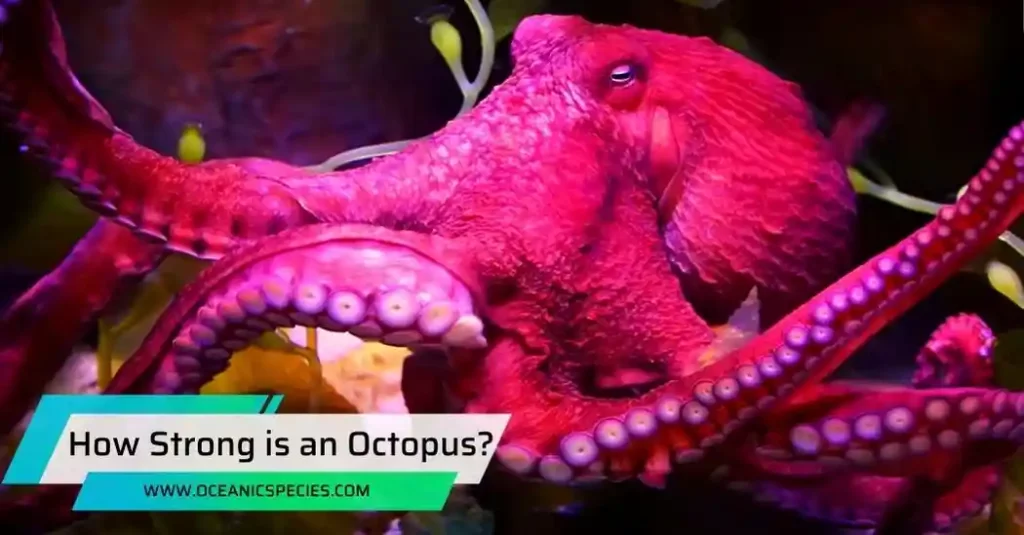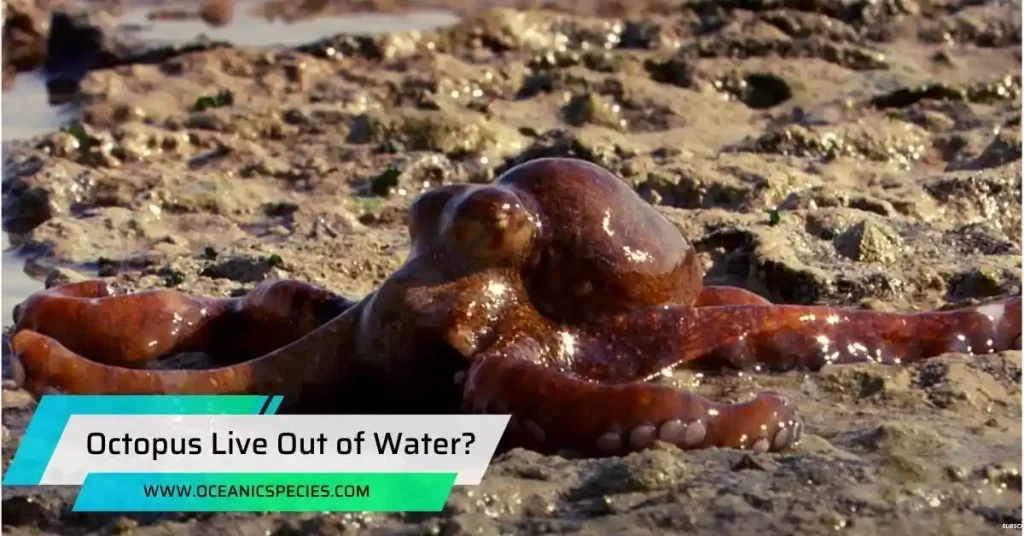Octopuses can make noise and communicate with sound by utilizing water jetting to create high-frequency whistles through their siphon. This allows them to engage in long-distance communication.
These unique creatures have developed a secret language of their own, using sound as a means of conveying information and interacting with their environment. Octopuses are known for their intelligence and adaptability, and their ability to produce and perceive sounds adds another fascinating layer to their communication skills.
Understanding how octopuses communicate through sound can provide valuable insights into their behavior and social dynamics. We will explore the fascinating world of octopus communication and shed light on their secret language.
The Silent Hunters: Understanding Octopus Communication

Learn if octopuses make noise and explore their unique methods of long-distance communication, including water jetting and high-frequency whistles.
Octopuses: Masters Of Camouflage And Stealth
Octopuses are renowned for their incredible ability to blend into their surroundings and remain unnoticed by predators and prey alike. Their unique camouflage skills allow them to change the color and texture of their skin to match their surroundings, making them virtually invisible.
Here are some fascinating facts about the camouflage and stealth abilities of octopuses:
- Octopuses have specialized pigment cells called chromatophores that they can control voluntarily. These cells allow them to change the color, pattern, and even the intensity of their skin, helping them to blend seamlessly into their environment.
- In addition to chromatophores, octopuses also have other cells called leucophores and iridophores, which add reflective and shimmering properties to their skin. This helps them mimic the light and patterns of their surroundings.
- Octopuses can also modify the texture of their skin by raising and lowering tiny bumps called papillae. This allows them to mimic the texture of rocks, coral, or even plants, making it difficult for predators or prey to spot them.
- Apart from their incredible camouflage skills, octopuses are also excellent at hiding and escaping from danger. They can squeeze through tiny crevices and holes, using their soft and flexible bodies to their advantage.
- Octopuses are known for their intelligence, and they often use their problem-solving abilities to outsmart predators. They can quickly assess a situation and choose the most effective method of escape, utilizing their agile tentacles and excellent spatial awareness.
The Myth Of The Silent Octopus Explained
Contrary to popular belief, octopuses are not completely silent creatures. Although they may not produce sounds in the same way that humans or other animals do, they have their unique ways of communication. Here are some facts that debunk the myth of the silent octopus:
- Octopuses can make faint clicking sounds by grinding together the beaks in their mouths. These clicks are used for various purposes, including communication, hunting, and defense.
- Some species of octopuses have been observed using their siphon, a long tube-like structure often used for jet propulsion, to produce sounds. They can expel water forcefully through the siphon, creating popping or bubbling sounds.
- Octopuses also communicate through visual displays. They can change the color and pattern of their skin to convey messages, such as aggression, submission, or courtship.
- Chemical signaling is another form of communication used by octopuses. They release specialized chemicals called pheromones into the water to attract mates, warn others of danger, or mark their territory.
- While the sounds produced by octopuses may not be as loud or complex as those of other marine creatures, they play an essential role in their communication and survival.
Unveiling The Secrets Of Octopus Communication

The communication methods employed by octopuses are fascinating and unique. Although they may not vocalize like other animals, they have developed an intricate system of visual displays, chemical signaling, and subtle sounds to convey messages to their counterparts. Here are some intriguing facts about octopus communication:
- Octopuses use their incredible camouflage skills to communicate non-verbally. By changing the color, pattern, and texture of their skin, they can convey various messages, including aggression, fear, and courtship.
- Chemical signaling is crucial for octopus communication. They release pheromones, specialized chemicals, into the water to attract mates, warn others of danger, or establish their territory.
- Octopuses can also communicate using visual displays. They can change the color and pattern of their skin to match their emotional states or to mimic objects in their environment.
- Although their sounds may be subtle and less noticeable, octopuses can produce clicking sounds by grinding together their beaks. These clicks serve as a means of communication between individuals and may also be used for hunting or defense.
- Octopus communication is highly sophisticated and plays a vital role in their social interactions, reproduction, and survival.
How Octopuses Create Sound: The Science Behind The Noise

Octopuses do make noise. They communicate using water jetting, creating high-frequency whistles by forcing water through their siphon for long-distance communication. This unique method allows them to produce sound in the underwater world.
The Anatomy Of An Octopus: Insights Into Their Sound Production
Octopuses have specialized structures called chromatophores, which are responsible for their ability to change color. These chromatophores also play a role in sound production. The mantle, or main body, of an octopus contains various organs that are involved in sound production, including the siphon and the statocysts.
Octopuses have a unique anatomy that allows them to generate sound. They use their siphon, a tubular structure located near the head, to expel water quickly, creating a jet propulsion system. The mantle cavity of an octopus acts as a resonating chamber, amplifying the sound produced by the siphon.
Octopuses also have statocysts, which are small sacs containing tiny calcium carbonate structures. These structures move in response to sound vibrations, allowing the octopus to sense and interpret sounds.
The Role Of The Siphon: Jet Propulsion And Potential For Sound
The siphon serves multiple purposes for an octopus, including locomotion and respiration. It also has the potential to generate sound. Octopuses can control the direction and force of water expelled through their siphon, allowing them to create powerful jets of water.
These jets of water can produce sound when they interact with their surroundings, such as hitting a solid surface or creating disturbances in the water. The ability of octopuses to modulate the force of their siphon jets may enable them to produce different types of sounds for communication or defense purposes.
The siphon of an octopus plays a crucial role in its ability to navigate efficiently through the water and create sound as needed.
Investigating Vibrations: Body Movements And Potential Sound Generation
Octopuses are highly capable of changing their body shape through muscle contractions. These movements can potentially generate sound. When an octopus contracts and relaxes its muscles rapidly, it can create vibrations that produce sound.
These vibrations can occur in various parts of the octopus’s body, including the mantle, arms, and tentacles. The size, shape, and texture of an octopus’s body may influence the type and frequency of sounds it can produce through these vibrations.
Researchers are still studying the range and complexity of sounds that octopuses can create through their body movements.
Decoding Octopus Sounds: Different Types And Their Meanings
Octopuses do make noise as a form of communication. They use water jetting to create whistles, producing high-frequency sounds for long-distance communication. Octopuses are silent hunters, but they have unique ways of expressing themselves through sound.
Octopuses are fascinating creatures known for their intelligence and ability to adapt to various environments. While they may not be as vocal as some other marine animals, they do communicate through a range of sounds. In this section, we will explore the different types of octopus sounds and their meanings, shedding light on the communication patterns of these intriguing creatures.
Recognizing Alarm Calls: The Distinctive Sounds Of Danger
Sharp clicking sound: Octopuses emit a series of short, sharp clicks when they sense danger. This sound serves as an alarm call to warn nearby octopuses of potential threats. The frequency and intensity of the clicks vary depending on the level of perceived danger.
Pulsing sound: Another type of alarm call produced by octopuses is a pulsing sound. This rhythmic sound is created by the muscles contracting and relaxing rapidly. It is believed to be a response to imminent danger or a territorial threat.
Hissing sound: When an octopus feels threatened or cornered, it may produce a hissing sound by expelling water through its siphon. This sound can serve as a warning to potential predators or rivals, indicating that the octopus is ready to defend itself.
The Language Of Mating: The Love Songs Of The Octopus
Whining sound: During the mating season, male octopuses produce a distinctive whining sound to attract females. This sound is created by contracting their muscles to force water out of their bodies. The whining sound acts as a courtship call, indicating the male’s readiness to mate.
Rumbling sound: Male octopuses also use a rumbling sound as part of their mating display. This low-frequency sound is produced by the male’s body movements and serves to impress and attract females. The volume and duration of the rumbling sound can vary depending on the male’s size and strength.
Unlocking The Mystery: Deciphering The Communication Patterns
Octopus communication goes beyond alarm calls and mating sounds. These intelligent creatures use a combination of body language, color changes, and texture alterations to convey emotions and intentions. By observing and studying these patterns, researchers are gradually unraveling the complex language of octopuses.
Color changes: Octopuses have the incredible ability to change the color and pattern of their skin. They use this skill to communicate various messages, such as aggression, fear, or submission. Different colors and patterns can convey different meanings, and the speed and intensity of the changes can also add additional context.
Body postures: Much like other animals, octopuses utilize body postures to communicate. They can stretch their arms, raise their body, or change their shape to convey distinct messages. For example, a raised body position can indicate dominance or aggression, while a flattened body posture may signal submission.
Texture alterations: Octopuses can change the texture of their skin, creating bumps, spikes, or smooth surfaces. These texture alterations are thought to be a form of communication, allowing octopuses to adapt to their surroundings or express emotions like curiosity or fear.
Frequently Asked Questions
Can Octopuses Make Noise?
Octopuses can make noise. They create high-frequency whistles by forcing water through their siphon.
How Do Octopi Communicate?
Octopi communicate through water jetting and creating whistles by forcing water through their siphon.
Do Octopus Communicate With Sound?
Octopuses communicate with sound by using water jetting to create high-frequency whistles through their siphon.
Conclusion
While octopuses are generally silent creatures, they do have the ability to make noise for communication purposes. They can create whistles by forcefully expelling water through their siphon, generating high-frequency sounds that can travel long distances. This unique form of communication allows octopuses to convey messages and potentially establish territories or attract mates.
However, it should be noted that octopuses primarily rely on their intricate color-changing abilities and body postures to communicate with other members of their species and the environment around them. The ability for octopuses to produce sound is fascinating and adds to their already impressive repertoire of adaptive traits.

